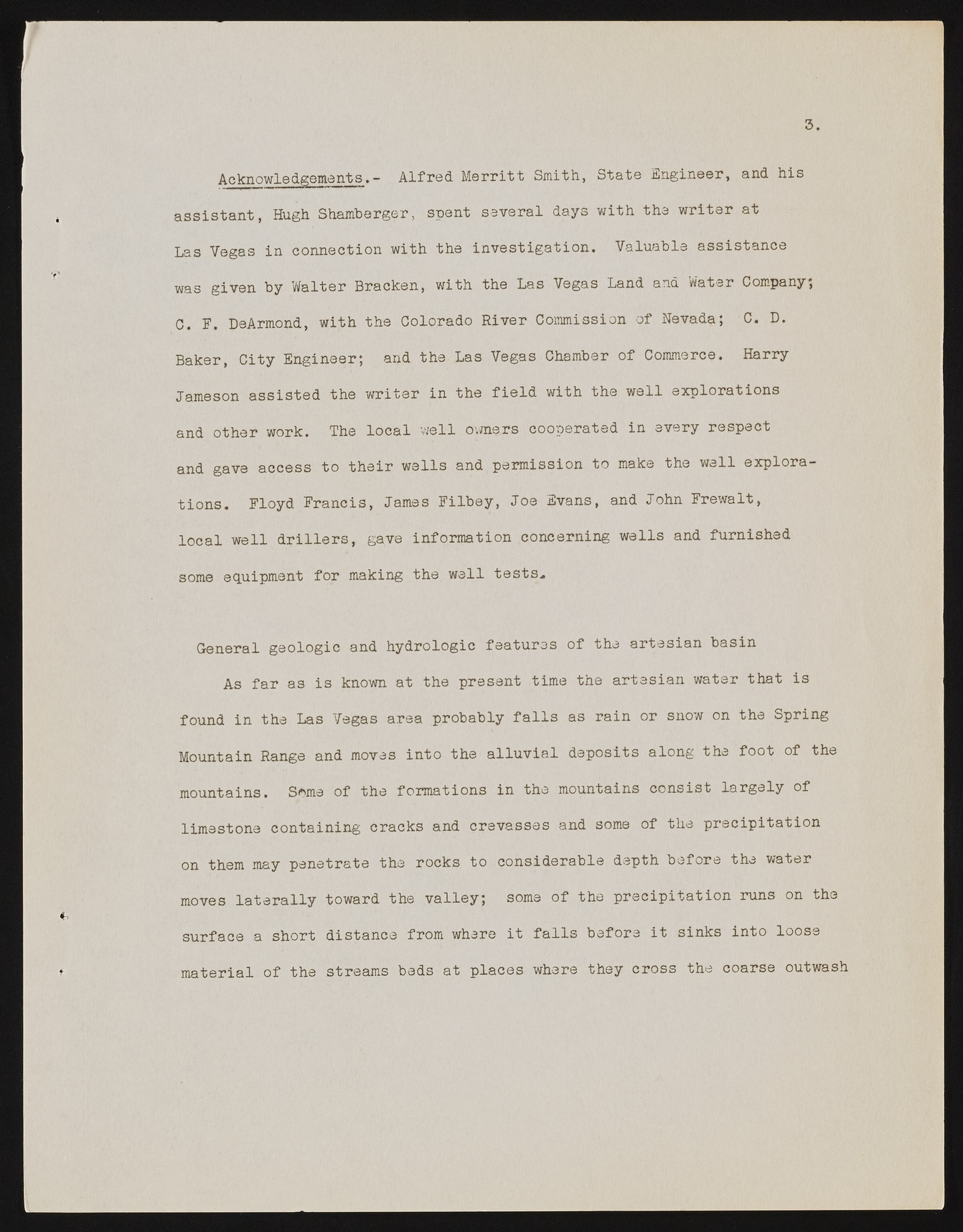Copyright & Fair-use Agreement
UNLV Special Collections provides copies of materials to facilitate private study, scholarship, or research. Material not in the public domain may be used according to fair use of copyrighted materials as defined by copyright law. Please cite us.
Please note that UNLV may not own the copyright to these materials and cannot provide permission to publish or distribute materials when UNLV is not the copyright holder. The user is solely responsible for determining the copyright status of materials and obtaining permission to use material from the copyright holder and for determining whether any permissions relating to any other rights are necessary for the intended use, and for obtaining all required permissions beyond that allowed by fair use.
Read more about our reproduction and use policy.
I agree.Information
Digital ID
Permalink
Details
Member of
More Info
Rights
Digital Provenance
Publisher
Transcription
3. Acknowledgements.- Alfred Merritt Smith., State Engineer, and his , assistant, Hugh Shamberger, spent several days with the writer at Las Vegas in connection with the investigation. Valuable assistance was given by Walter Bracken, with the Las Vegas Land and Water Company; C. F. DeArmond, with the Colorado River Commission of Nevada; C. D. Baker, City Engineer; and the Las Vegas Chamber of Commerce. Harry Jameson assisted the writer in the field with the well explorations and other work. The local well owners cooperated in every respect and gave access to their wells and permission to make the well explorations. Floyd Francis, James Filbey, Joe Evans, and John Frewalt, local well drillers, gave information concerning wells and furnished some equipment for making the wall tests* General geologic and hydrologic features of the artesian basin As far as is known at the present time the artesian water that is found in the Las Vegas area probably falls as rain or snow on the Spring Mountain Range and moves into the alluvial deposits along the foot of the mountains. Some of the formations in the mountains consist largely of limestone containing cracks and crevasses and some of the precipitation on them may penetrate the rocks to considerable depth before the water moves laterally toward the valley; some of the precipitation runs on the <b surface a short distance from where it falls before it sinks into loose * material of the streams bads at places where they cross the coarse outwash

